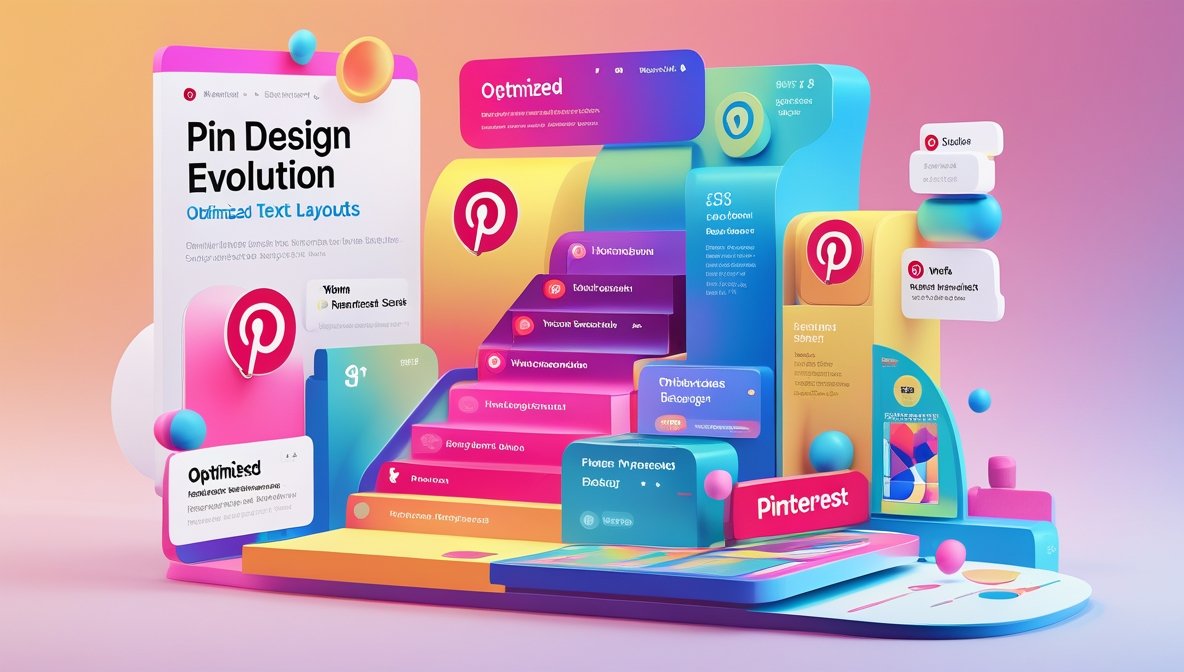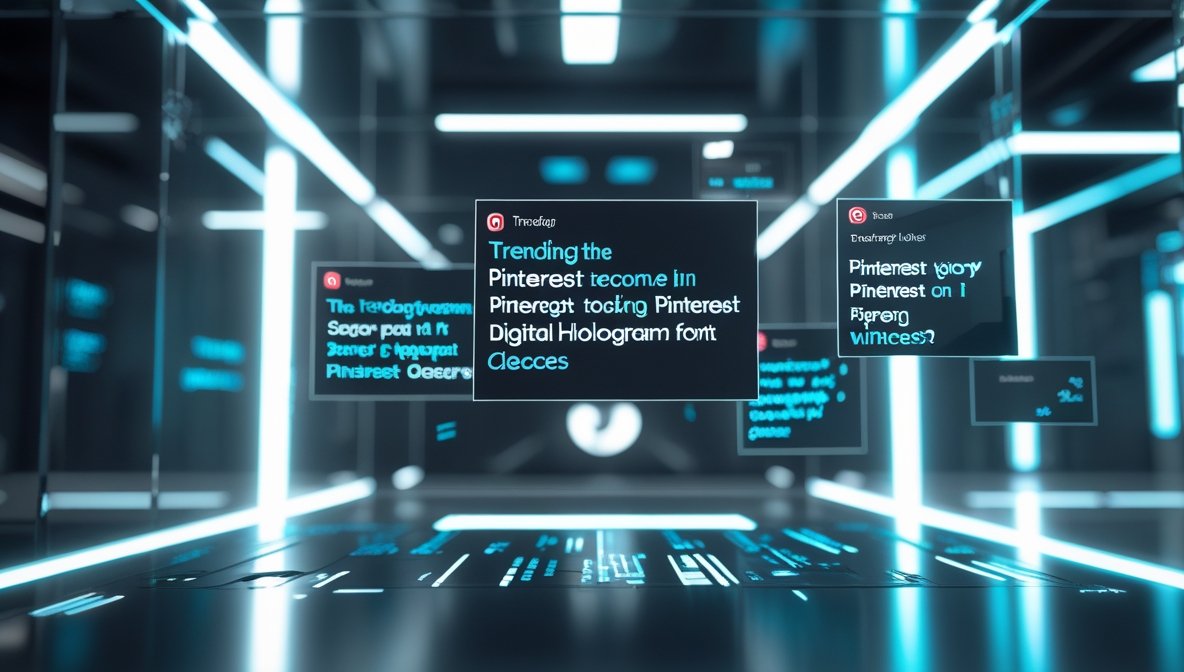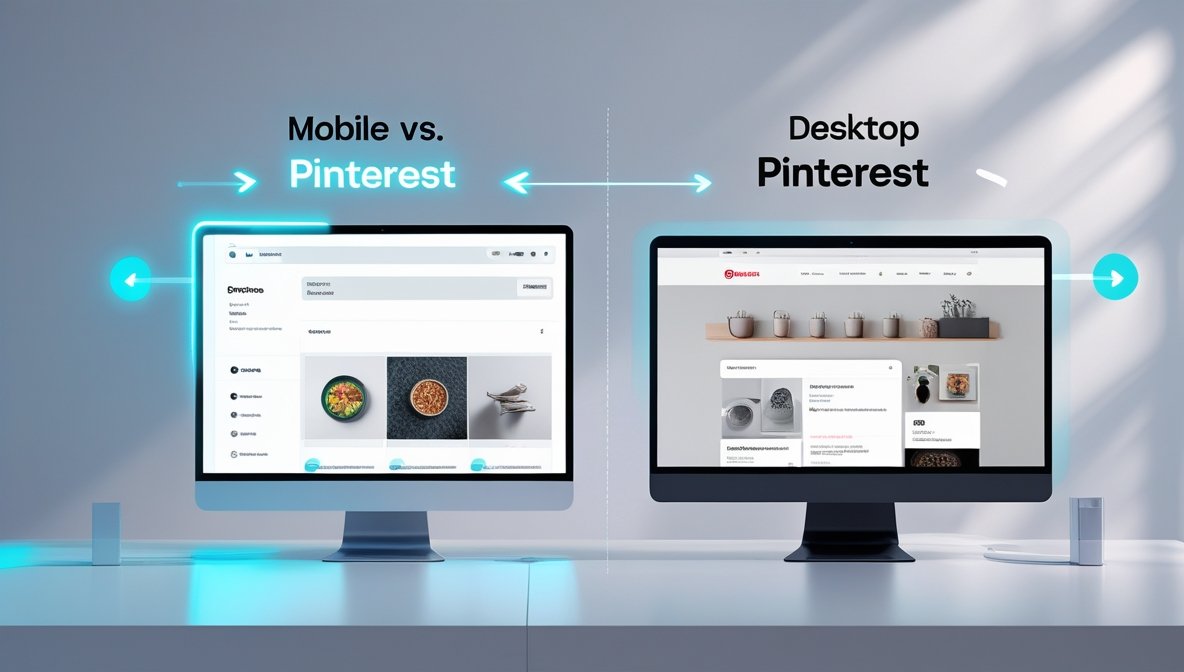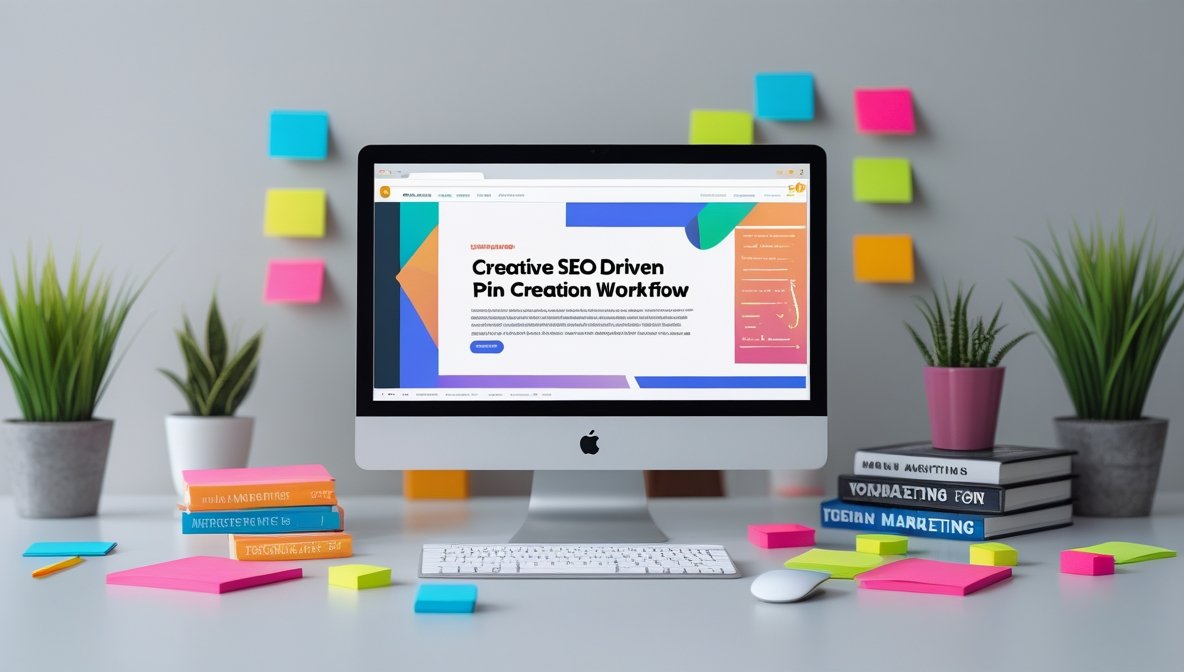Why Pinterest’s Search Shift Is Reshaping How Bloggers Capture Traffic
The current Pinterest ecosystem prioritizes user intent. People don’t scroll aimlessly—they’re actively searching. They want answers, clarity, quick wins, and visual pathways to execution. If your pins don’t match that behavior, they disappear into the abyss.
Here’s the strategic gap: Most bloggers still think of Pinterest as a simple image-sharing platform. But Pinterest operates far more like a visual Google. And the engine behind it? Deep keyword mapping, semantic alignment, and user behavior signals.
Mapping Pinterest User Intent to SEO Behavior
Pinterest isn’t just about visuals anymore—it’s about contextual content. The platform interprets images, text overlays, pin descriptions, board titles, and engagement signals to understand what your content really means.
When bloggers align their pins with these patterns, they unlock sustained reach. When they don’t, visibility tanks. Let’s break it down into the behaviors Pinterest is rewarding right now.

1. Context-Rich Pin Designs That Match Search Intent
Pinterest reads your images. Visual signals are treated like metadata. The platform evaluates:
- Shapes, colors, and objects on the pin
- Text overlay relevance
- Font clarity and hierarchy
- Image “type” — recipe, tutorial, comparison, product, guide
For bloggers, this means: your design is not optional. It’s part of your SEO profile.
2. Long-Form Pin Descriptions Packed with Semantic Variations
The era of short descriptions is over. Pinterest uses expanded text to map context. Descriptions between 350–500 characters outperform, especially when they integrate natural language phrasing similar to what users search for.
3. Board Optimization Is Now a Major Ranking Signal
A shocking number of bloggers overlook this. Pinterest examines:
- Board titles with clear search relevance
- Keyword-rich board descriptions
- Pin-to-board alignment (topic accuracy)
- Overall topical consistency
Boards are not storage—they’re categorization engines. The cleaner your board architecture, the higher your pins rank.
Emerging Pinterest SEO Trends Bloggers Must Leverage in 2025

Trend #1: Multi-Layer Keyword Targeting
High performers aren’t using generic keywords anymore. They’re deploying layered keyword stacks:
- Primary keyword
- Secondary keyword variation
- Semantic long-tail phrase
- Search-intent phrase match
Example for food bloggers:
“healthy dinner ideas” → “easy healthy dinner recipes” → “quick dinners for weeknights” → “what to cook when you’re busy”
This approach widens discovery pathways and trains the Pinterest engine to classify pins more accurately.

Trend #2: Scripted Content Structures
Pins with clear structure drive higher engagement. Pinterest recognizes and rewards formats like:
- “Top 5…” lists
- Step-by-step workflow visuals
- Comparisons
- Checklists and templates
This aligns with how users consume information on the platform—quick, simple, and actionable.

Trend #3: Topic Clustering for Better Distribution
Pinterest is prioritizing creators who build authority in a niche. Scattered topics dilute your relevance score. Bloggers who cluster their content around core pillars see:
- Faster ranking
- Wider distribution
- Higher engagement
If your boards, pins, and titles all reinforce your central topics, the algorithm pushes your content further.

Trend #4: Optimizing for Predictive Search
Pinterest search now guides users via autocomplete. Smart bloggers create pin titles and descriptions that directly match these predictive search outputs.
Examples:
- “meal prep ideas for beginners”
- “RV organization hacks”
- “blogging tips for beginners”
Matching predictive search terms increases your probability of ranking within the top carousel.

Trend #5: Retention-Based Pin Ranking
Pinterest now measures how long users hover over or engage with a pin. This interaction signals relevance. Bloggers can increase retention by using:
- Bold text with contrast
- Minimalist, clean designs
- Color palettes proven to slow scroll behaviors
Retention boosts your distribution faster than likes or repins.
Advanced Pinterest SEO Tactics Bloggers Need to Implement Immediately

Use Question-Based Optimization for Featured Snippets
Pinterest is surfacing more Q&A blocks. This is a high-value tactic.
Example:
“What is the best Pinterest strategy for new bloggers?”
Answer: Craft long-form descriptions, optimize pin designs with clear text overlays, and create tightly themed boards aligned with your niche.
Optimize Every Board Like a Landing Page
Boards should include:
- A keyword-rich title
- 2–3 sentences with semantic keyword variations
- Highly relevant pins that reinforce the category
This structure builds topic authority signals.
Lean Into Fresh Pins—But With Strategy, Not Volume
Fresh pins remain critical. But high performers don’t bulk-create—they strategically repurpose:
- 1 blog post → 10–20 pin variations
- Alternate visuals
- Switch color palettes
- Change angles but maintain core keyword targeting
This keeps your content evergreen without burnout.
Pin Titles Should Mirror Google-Style Headlines
High click-through pins use titles like:
- “How to…”
- “Best ways to…”
- “10 ideas for…”
- “Beginner-friendly…”
This aligns with how people search, not how marketers write.
FAQ Section

How long does it take to see results from Pinterest SEO?
Typically 30–90 days. Pinterest is slower than social platforms but compounds traffic over time.
Are long descriptions really necessary?
Yes. Pinterest uses the text to categorize your content. Short descriptions limit distribution.
Should bloggers still create Idea Pins?
Idea Pins help with reach but don’t drive outbound clicks effectively. Use them for visibility, not traffic.
How many boards should a blogger maintain?
Between 10 and 20. Too many dilutes your topical authority.
Final Action Step
If you want to win on Pinterest right now, the key is simple: build for search, not for decoration. Dial in your keyword strategy, optimize your boards, build structured designs, and publish fresh pins regularly. Bloggers who adapt to these evolving search behaviors will dominate distribution, build sustainable traffic, and secure long-term revenue growth. Start implementing these trends today—your future traffic depends on it.




0 Comments